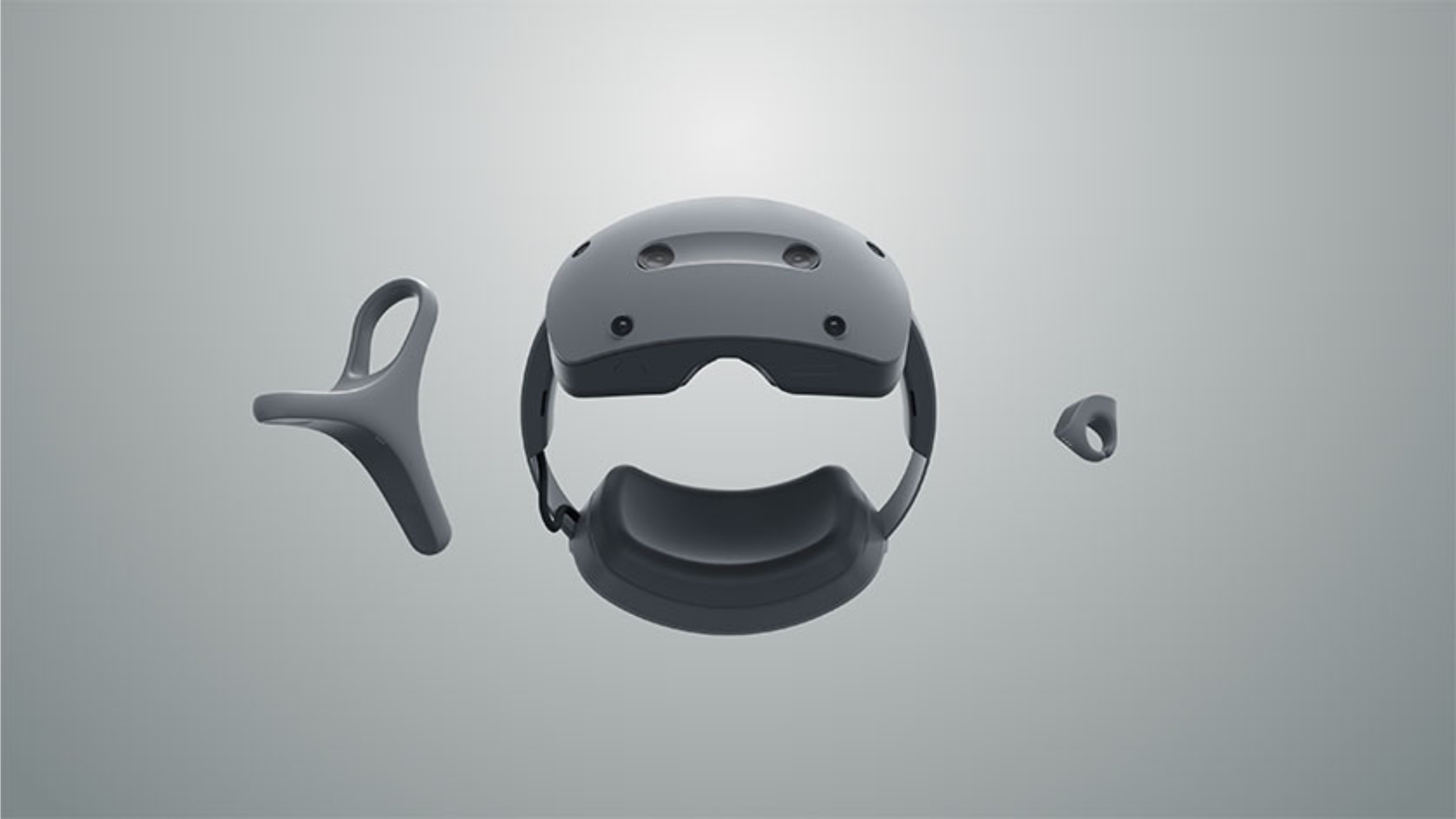Sony's Vision Pro competitor was announced at CES and it's a mixed reality powerhouse aimed at business users
Apple's Vision Pro isn't the only game in town.

Now that Apple has announced that the Vision Pro headset will finally go on sale on February 2, some of the mystique surrounding it is starting to wane. But there are still plenty of unanswered questions about Apple's first entry into a new market since the Apple Watch arrived in 2014. We do now have the answer to one of those questions: How will the competition respond?
We already saw Qualcomm flexing its CES 2024 muscle by preannouncing its own mixed reality platform for OEMs last week, and now we've seen another alternative. This one actually uses that Qualcomm platform, but it's a joint project by Sony and Siemens and is very much aimed at the business market.
That might normally mean that Sony and Siemens intend to swim in a different pool than Apple, but that might not be the case here. Apple's $3,499 headset could well be a product that business users turn to for augmented reality tasks — don't let Apple hear you say that — and now there's a new entry for those people to consider. And if the press release is any indication, it's going to be a mixed reality powerhouse.
The device with no name
Sony announced its new headset via a press release, seemingly stopping short of confirming what it will actually be called. That doesn't mean that it lacked details, though; there were plenty, and they make for favorable reading when compared with the Vision Pro.
Things start well with a pair of 4K OLED Microdisplays and some special Sony proprietary magic that we are told "enables real-time, high-definition and realistic rendering of textures of 3D objects and facial expressions of human characters." There's also support for spatial recognition thanks to the six cameras built into the headset itself.
That's all good stuff and sounds very similar to what the Vision Pro has to offer, but the headset's creative and businesslike credentials start to come through as you continue reading the press release.
"In addition to video see-through functionality and spatial recognition with six cameras and sensors in total, the system features a ring controller that allows users to intuitively manipulate objects in virtual space, as well as a pointing controller that enables precise pointing, allowing creators to craft in virtual space with controllers and keyboards, all while wearing the head-mounted display," Sony explains. It goes on to add that "creators will not only be able to see real-scale 3D models in an Extended Reality (XR) environment with the high-definition display, but also create and modify 3D models in it."
iMore offers spot-on advice and guidance from our team of experts, with decades of Apple device experience to lean on. Learn more with iMore!
The headset itself looks a bit like a PSVR 2 and features displays that can be flipped up so as to put them out of view, something the Vision Pro cannot offer.
Plenty of questions
That all sounds mighty interesting, and the controller will be music to the ears of those who worry that the Vision Pro's hand gesture-based interface could be a limiting factor for its usefulness. But we still don't know some key points.
First, we don't know when this headset will go on sale, which is a problem — 2024 is the timeframe we've been given, but that's pretty vague.
We also don't know how much Sony's headset will cost, something that is a pretty vital part of the equation. Sony will have seen the negative reaction to Vision Pro's $3,499 asking price but the lack of one in this press release suggests it could be similar, or more. If it was significantly less, we'd surely have heard about it by now.
More from iMore

Oliver Haslam has written about Apple and the wider technology business for more than a decade with bylines on How-To Geek, PC Mag, iDownloadBlog, and many more. He has also been published in print for Macworld, including cover stories. At iMore, Oliver is involved in daily news coverage and, not being short of opinions, has been known to 'explain' those thoughts in more detail, too.
Having grown up using PCs and spending far too much money on graphics card and flashy RAM, Oliver switched to the Mac with a G5 iMac and hasn't looked back. Since then he's seen the growth of the smartphone world, backed by iPhone, and new product categories come and go. Current expertise includes iOS, macOS, streaming services, and pretty much anything that has a battery or plugs into a wall. Oliver also covers mobile gaming for iMore, with Apple Arcade a particular focus. He's been gaming since the Atari 2600 days and still struggles to comprehend the fact he can play console quality titles on his pocket computer.
